If you like time lapse photography, night photography, and video, you'll enjoy Jeff Frost's work. He even crosses over into Earth Art a bit. I've been looking at Jeff's work for a while mainly through his Instagram feed, but also through his website, and his videos hosted on Vimeo.
Jeff was kind enough to answer a few questions about his work that you can read below:
Would you mind telling me a bit about your background as a photographer?
My background is really as a musician. So I tend to think of photography and contemporary art in terms of rhythm, texture, and mood. The timing of a video edit is as delicate as the fixing I used to have to do to for one of my shitty ex-drummers. If you're getting it right, you're 'in the pocket' in both mediums, and that can come down to mere milliseconds of difference. Time lapse itself is as mechanical and precise as a Roland 808, which can make it difficult to humanize, but also prevents an invigorating challenge.
I never imagined myself being a photographer or a film maker. When I realized the music thing wasn't going to work out, I went to a school that essentially taught me the basics of commercial photography: how to shoot headshots and weddings, studio lighting, product photography, etc. All of which I did as student to scrape by. As I was shooting weddings I'd find my thoughts wandering. I'd make estimates on how long a couple would last before the divorce. Then I'd feel guilty and think, 'Well this can't be healthy.' In class I was rebelling by creating fine art instead of commercial work. The weirder and more complex I could make it, the better. This lead to painting optical illusions in abandoned houses, which I think of as some sort of minimalist-maximalist paradox in motion, and weaved into a non-linear film narrative.
Who are some of your influences as a photographer, and who is your favorite photographer?
My influences are also more towards the music and painting side, but I'll get to a few photographers as well. Musicians who influenced me early on were a lot of the alternative rock stuff like REM, Wire, the Cure, but when I heard Nine Inch Nails "ruining" sounds it really changed how I think. Right now my influences are becoming more abstract on that front: John Cage, Autechre, Aphex Twin, Kim Cascone, Christina Kubisch. All of this filters into how I shoot photography, make soundtracks, and work on sound design.
I love the minimalist painters (Frank Stella, Ellsworth Kelly, Barnett Newman, Mark Rothko, Piet Mondrian, etc), but really I love every era of painting. Classical painters such as Caravaggio and Bosch are examples of wild innovation within their time, and also examples of how to get away with it. I adore Andy Warhol and pop art. Street art has had a huge influence on me as well, and that's where my paintings of abandoned buildings stems from.
For photographers the ones I admire and am influenced by have little to do with my work aesthetically (in most cases). The fearless, tireless, tenacity of Diane Arbus has always blown me away. Richard Avedon honing his portraiture craft to include interactions designed specifically to illicit emotional responses from specific people is an example, for me, of how productive it can be for a photographer to step away from passivity and jump into the thick of things as well as the importance of brilliant planning. Lee Friedlander is one example where you can at least somewhat draw aesthetic parallels. The way he composes and plays with the psychological reaction of the viewer has always had a huge impact on me; same goes for Edward Burtynsky in a much different arena.
I can't say that I have a single favorite. Too hard to choose.












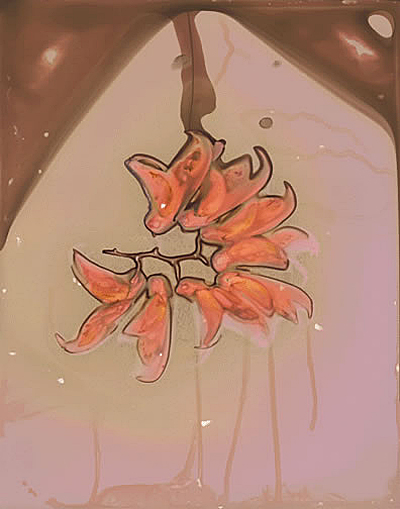







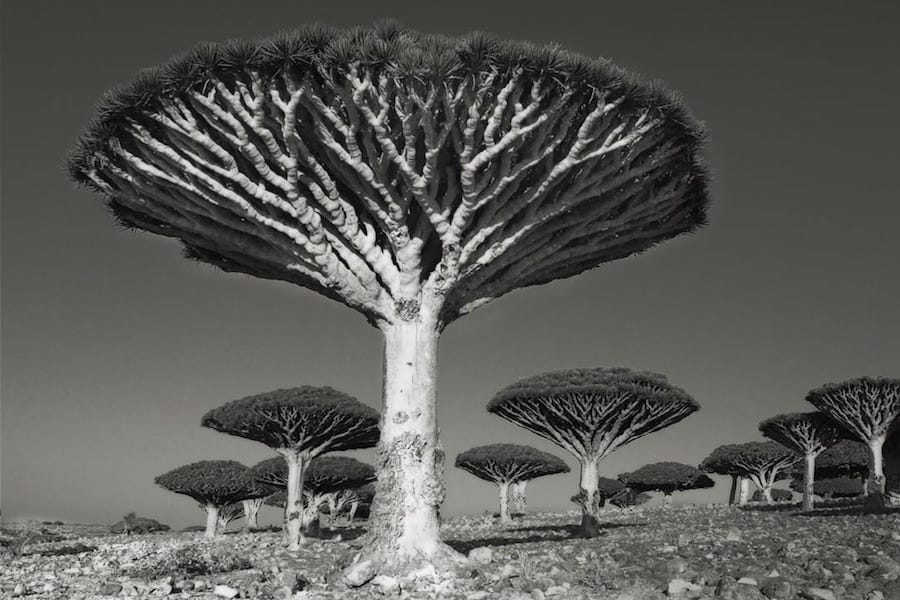























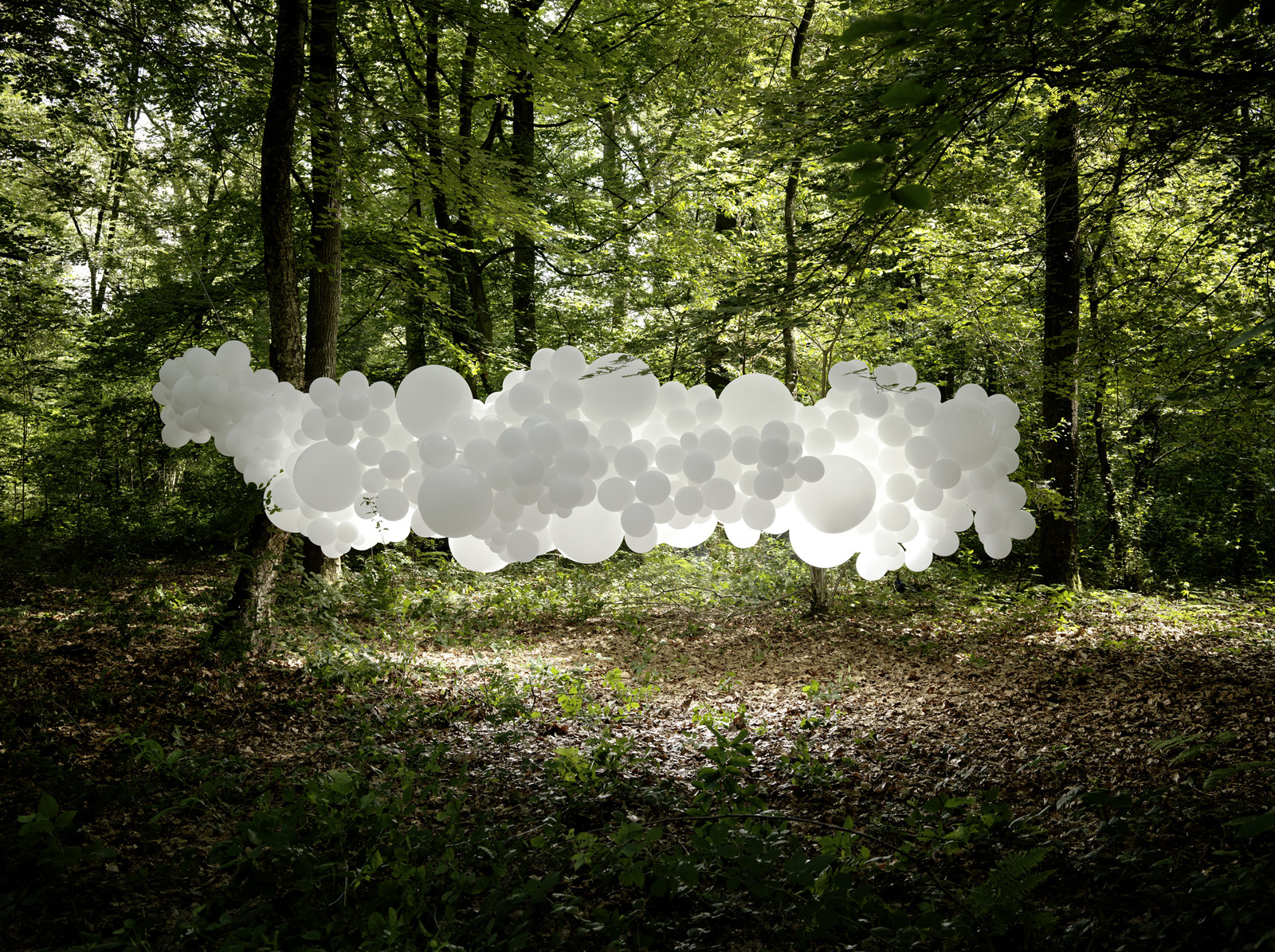







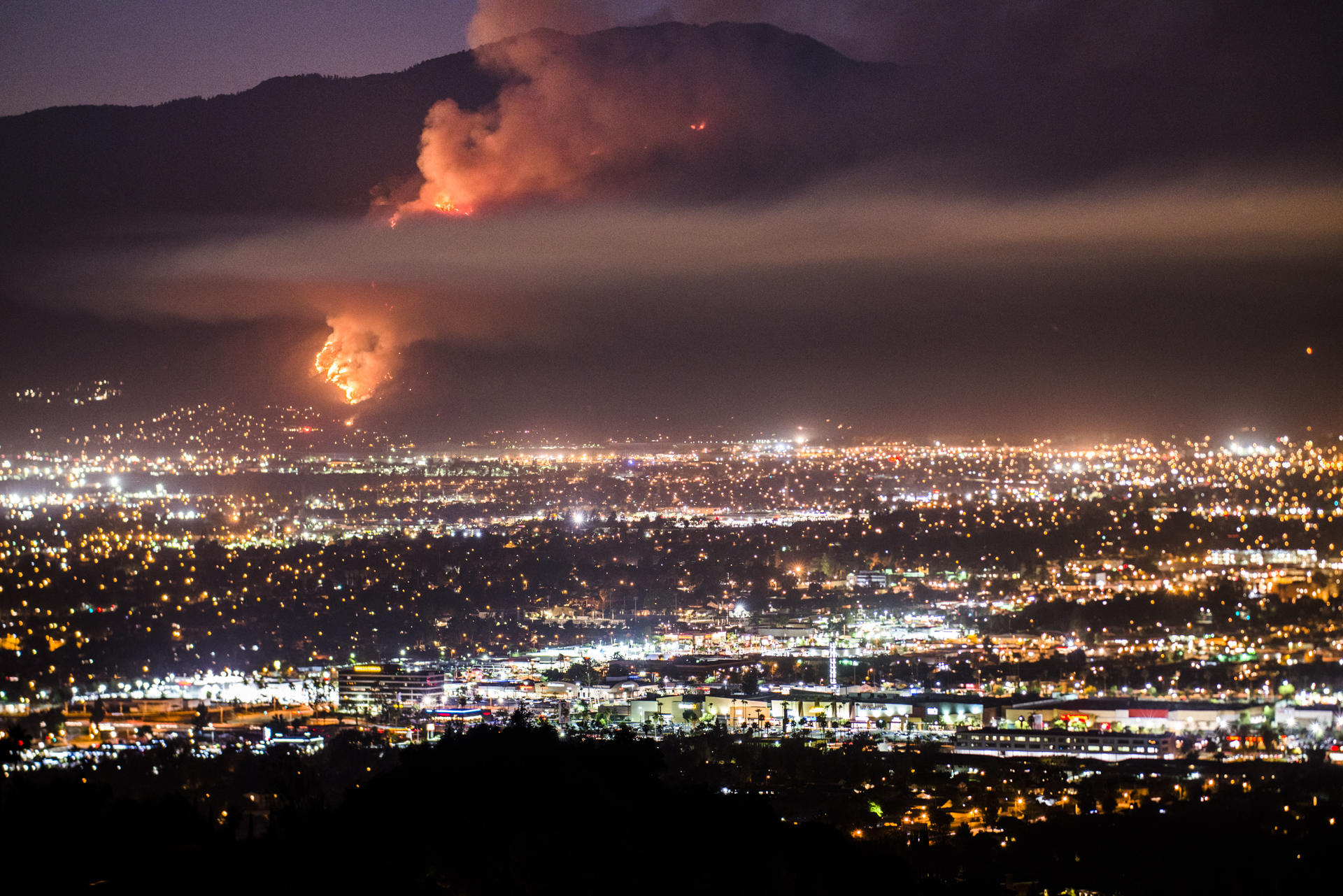




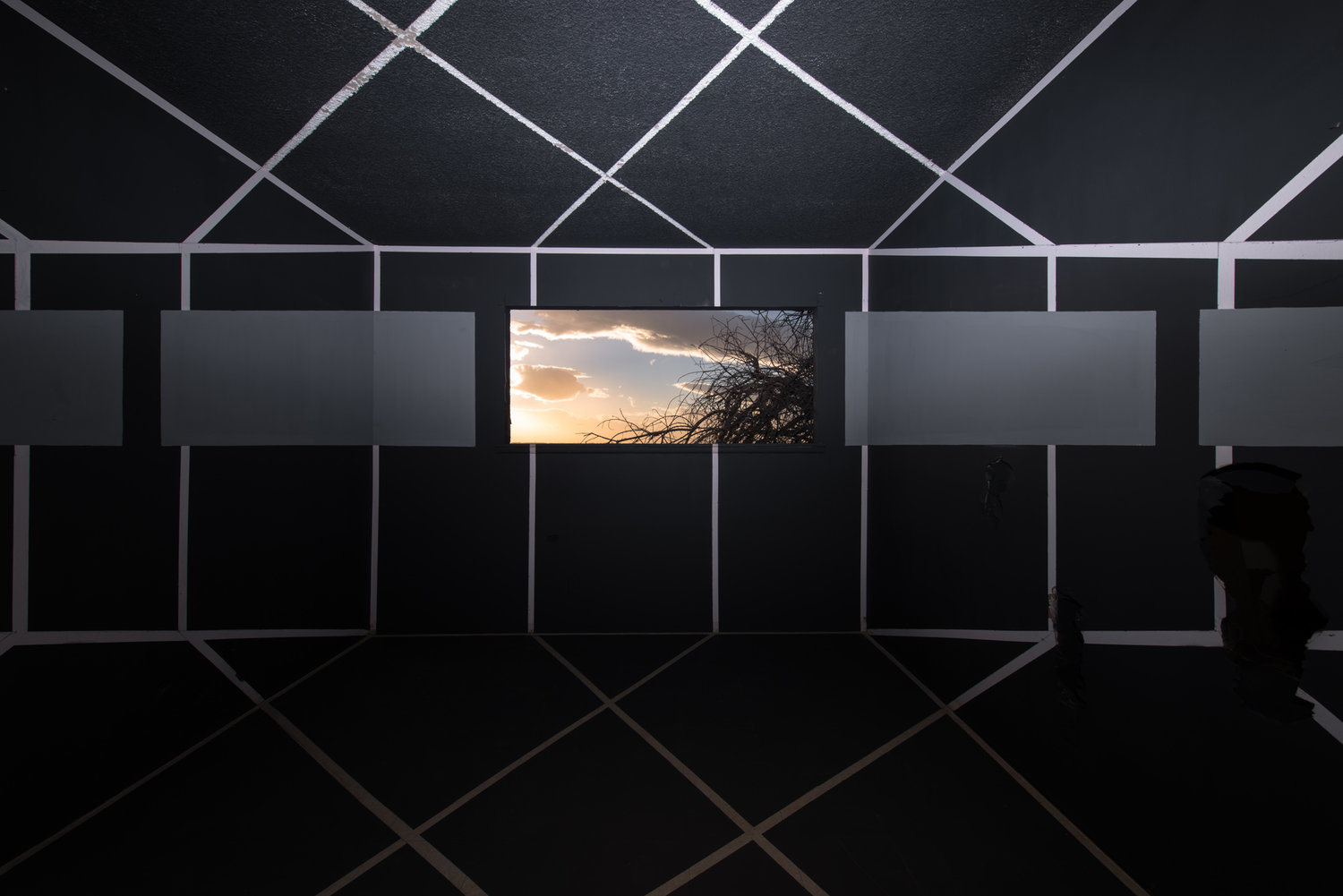
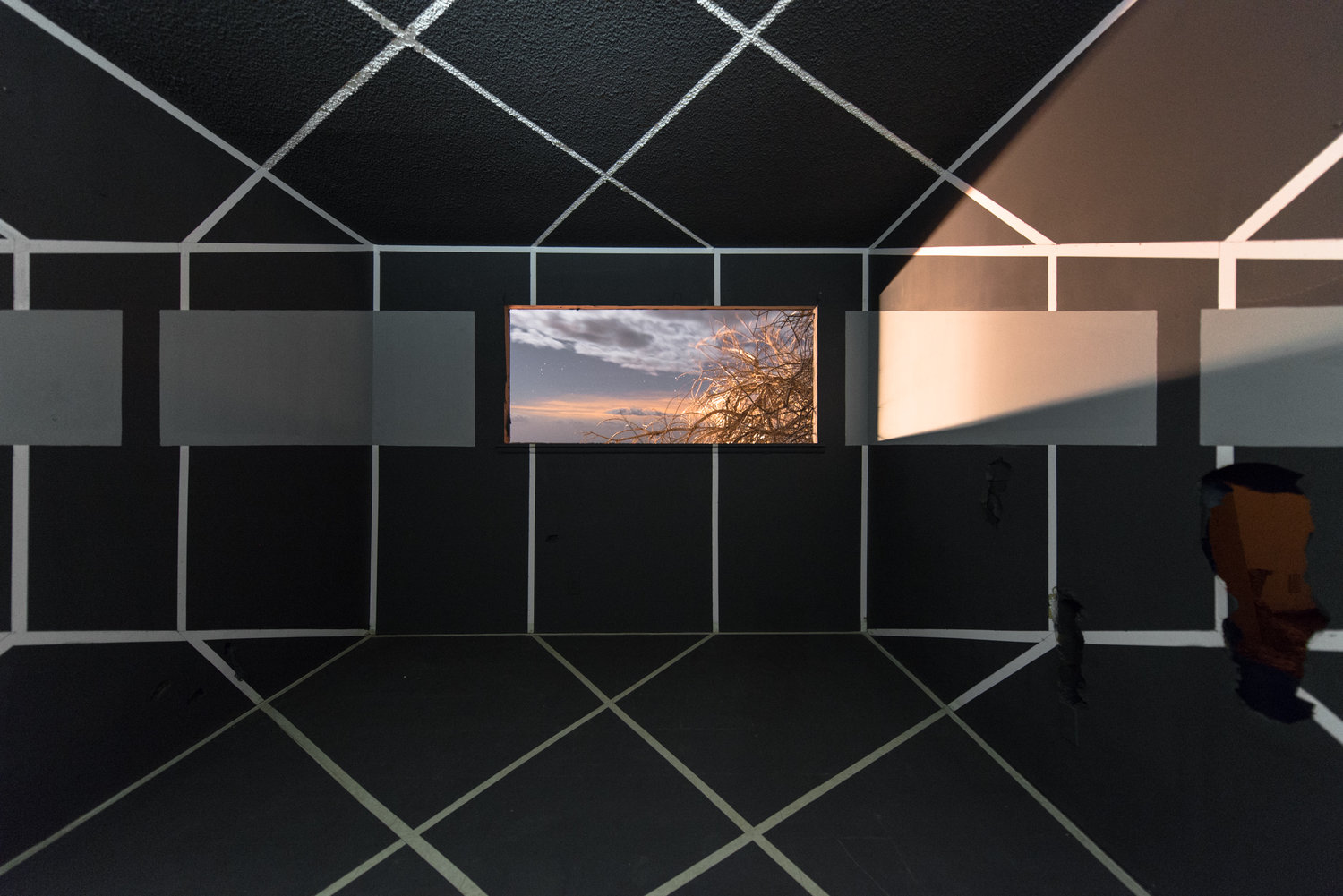
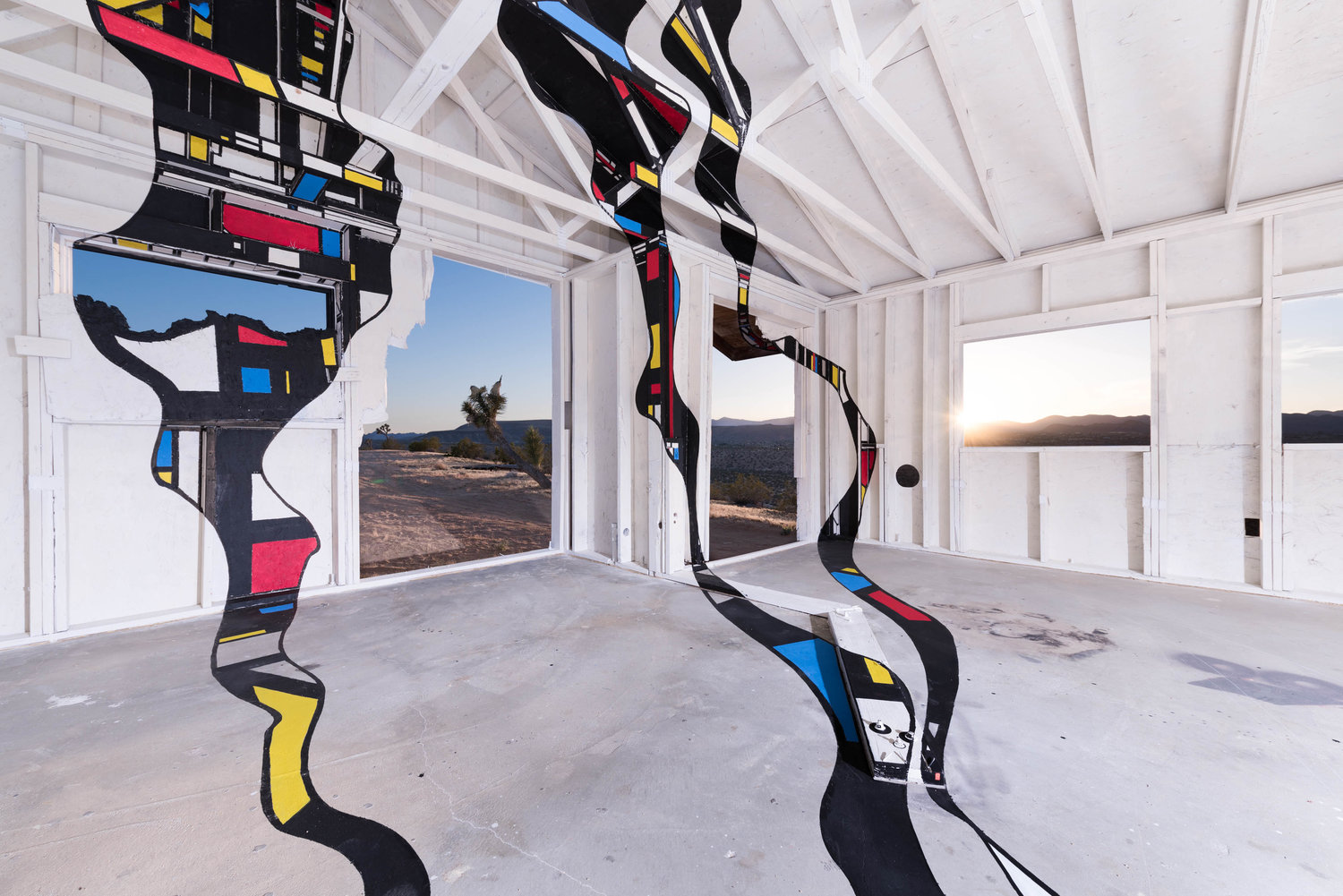
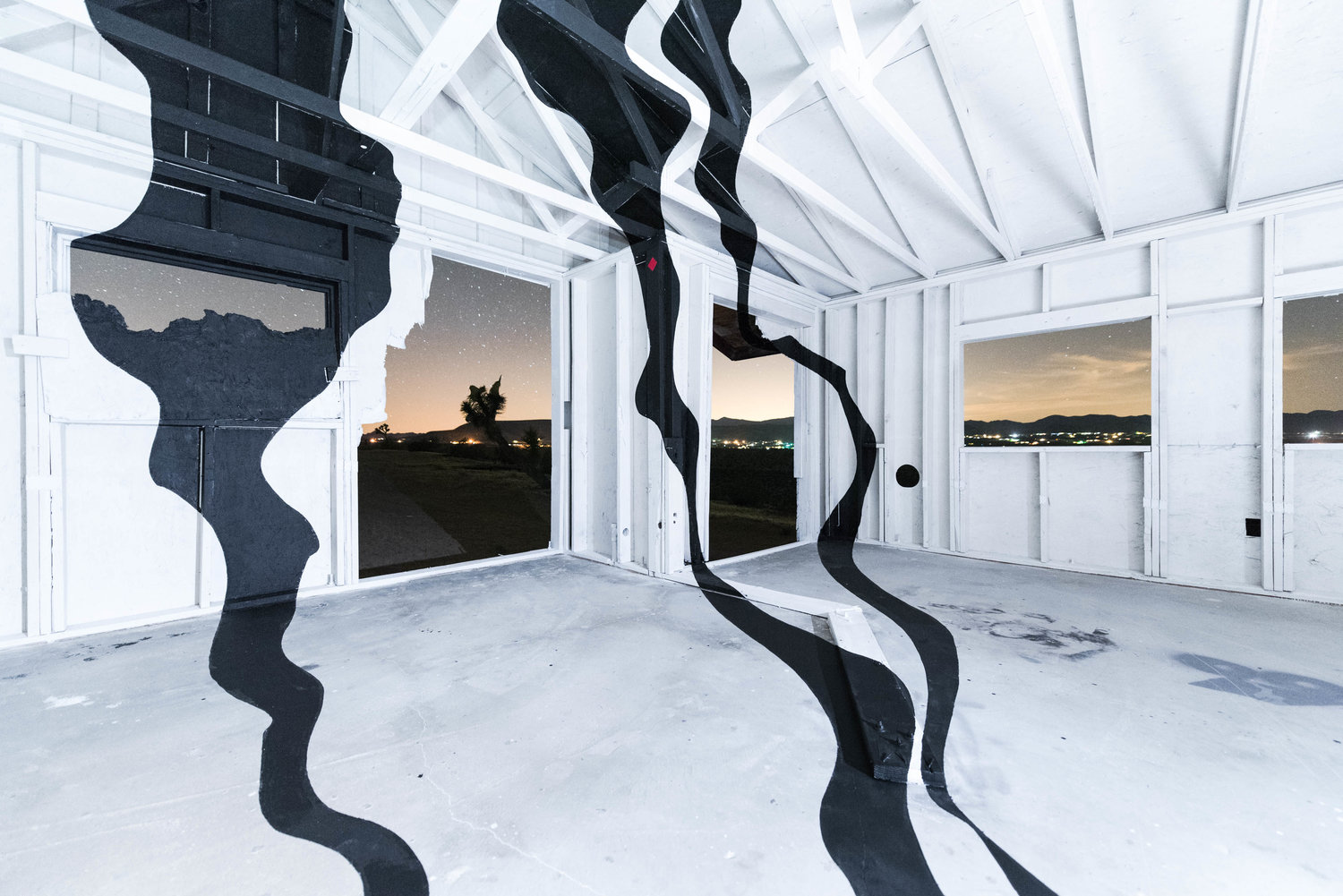
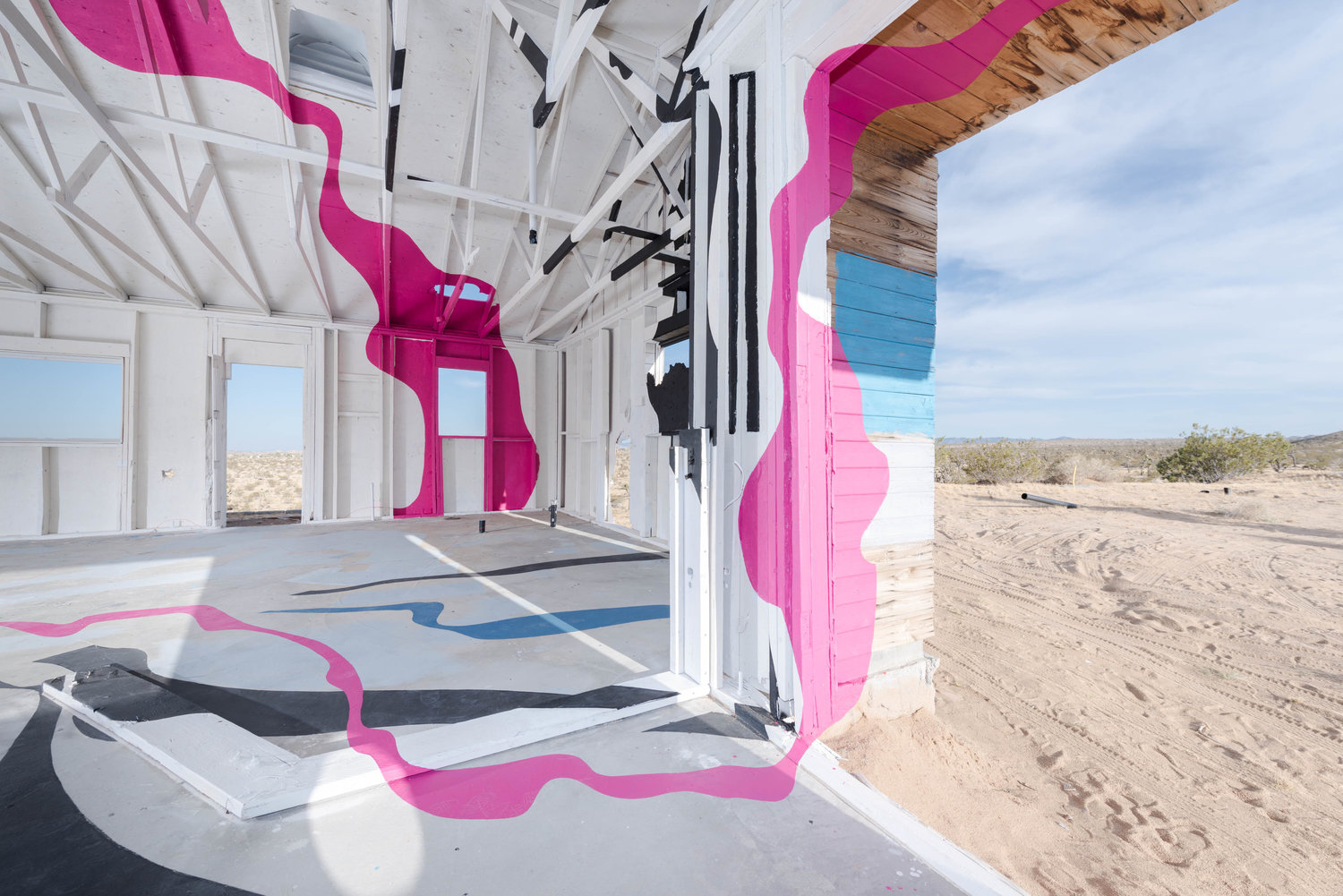
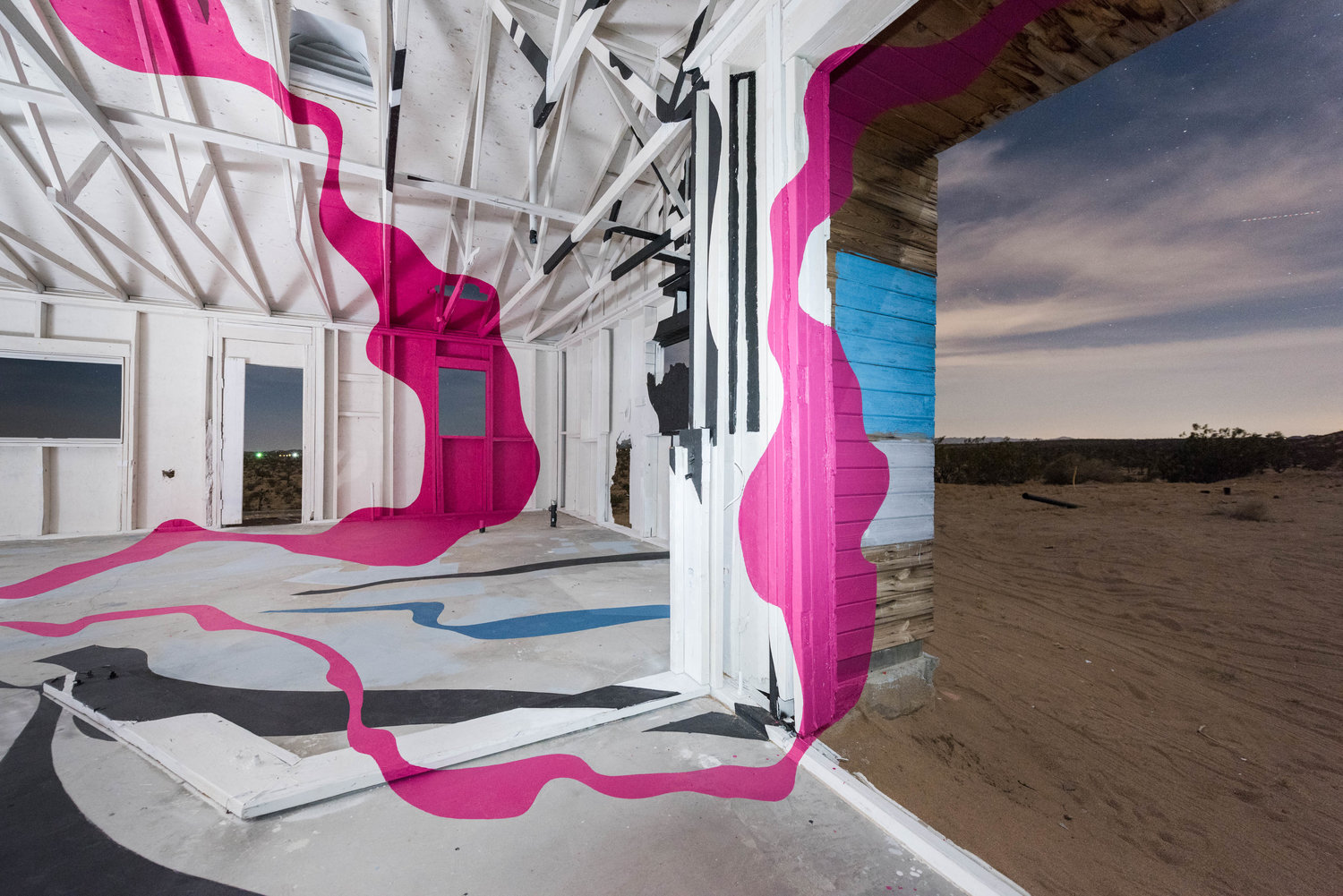
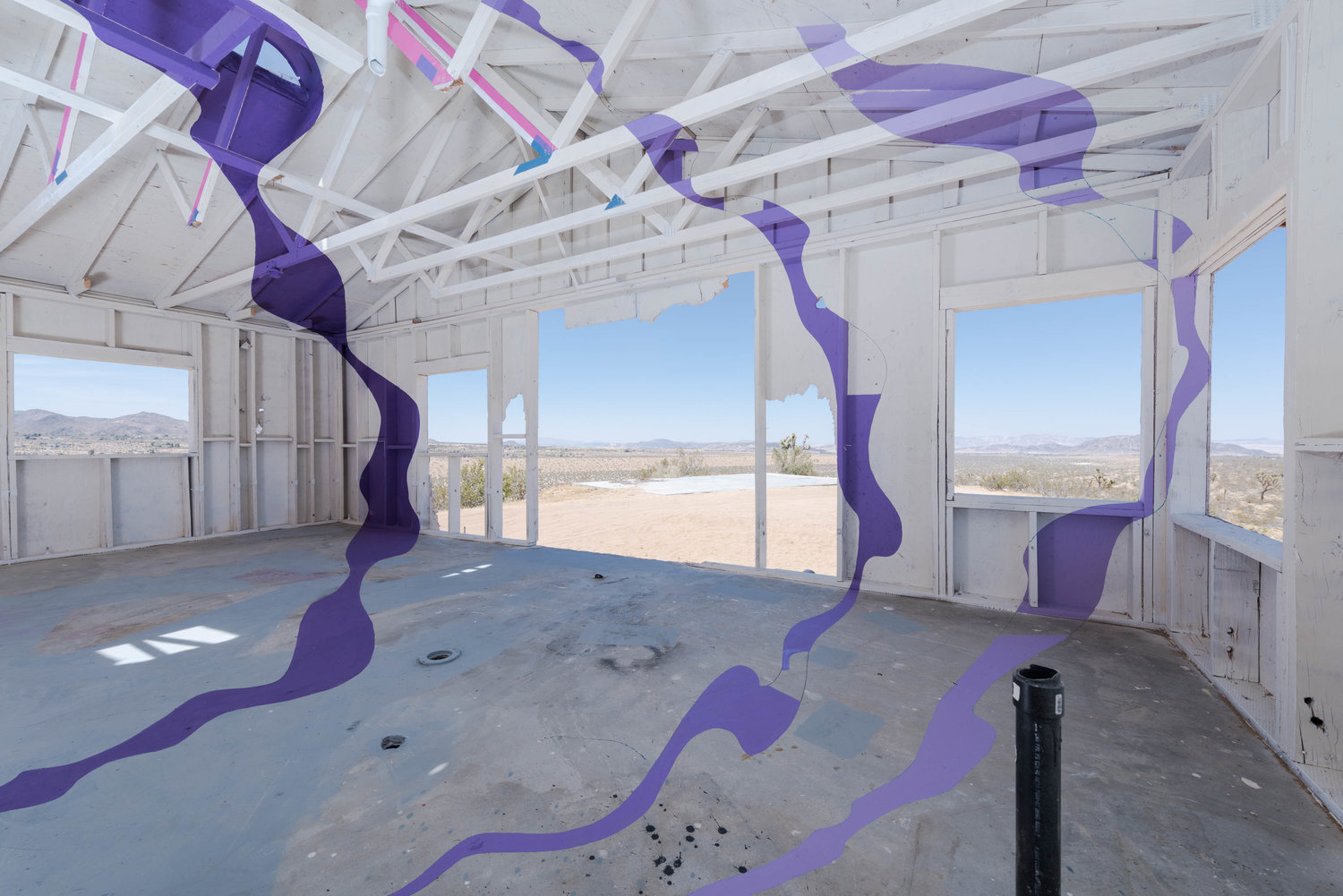
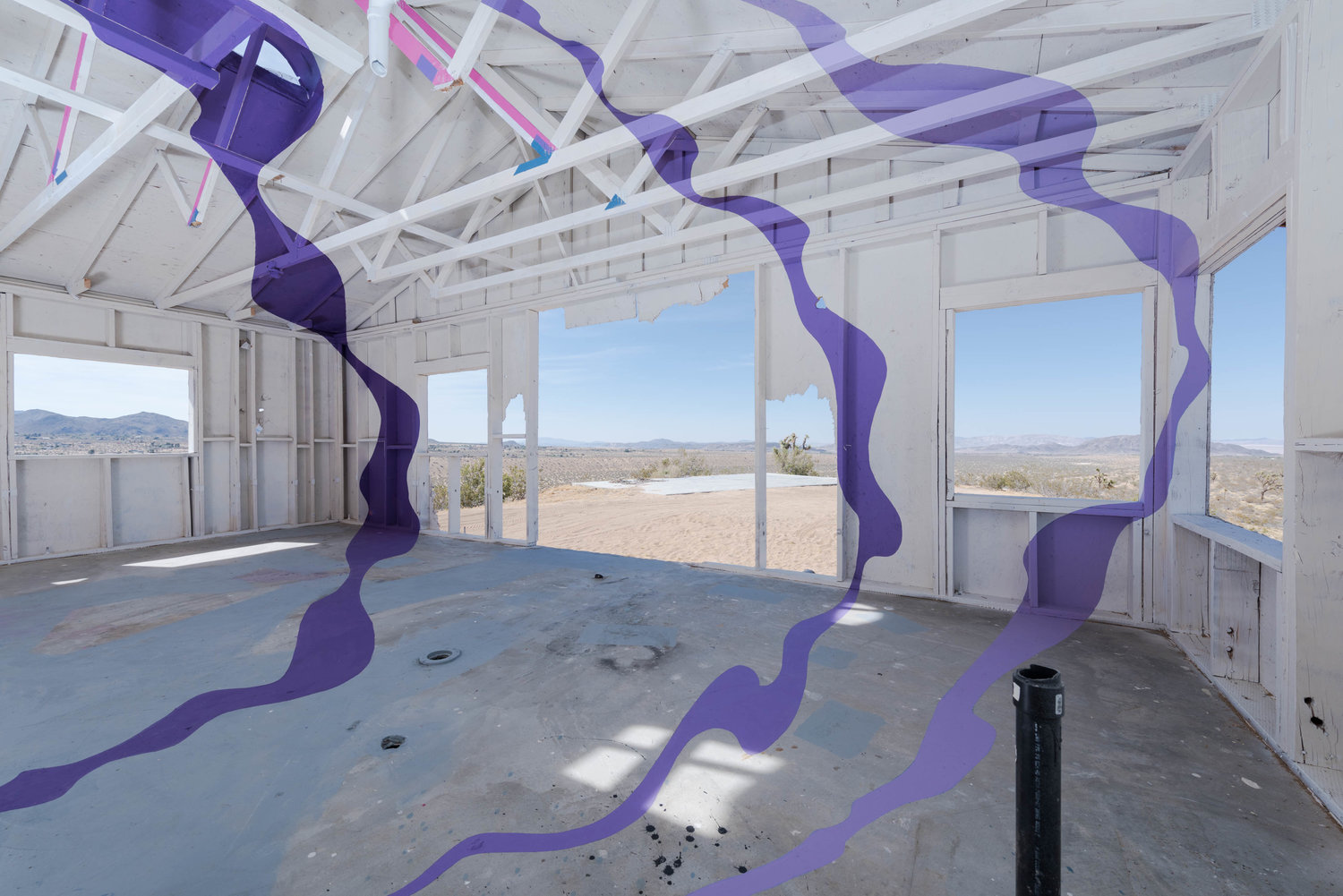


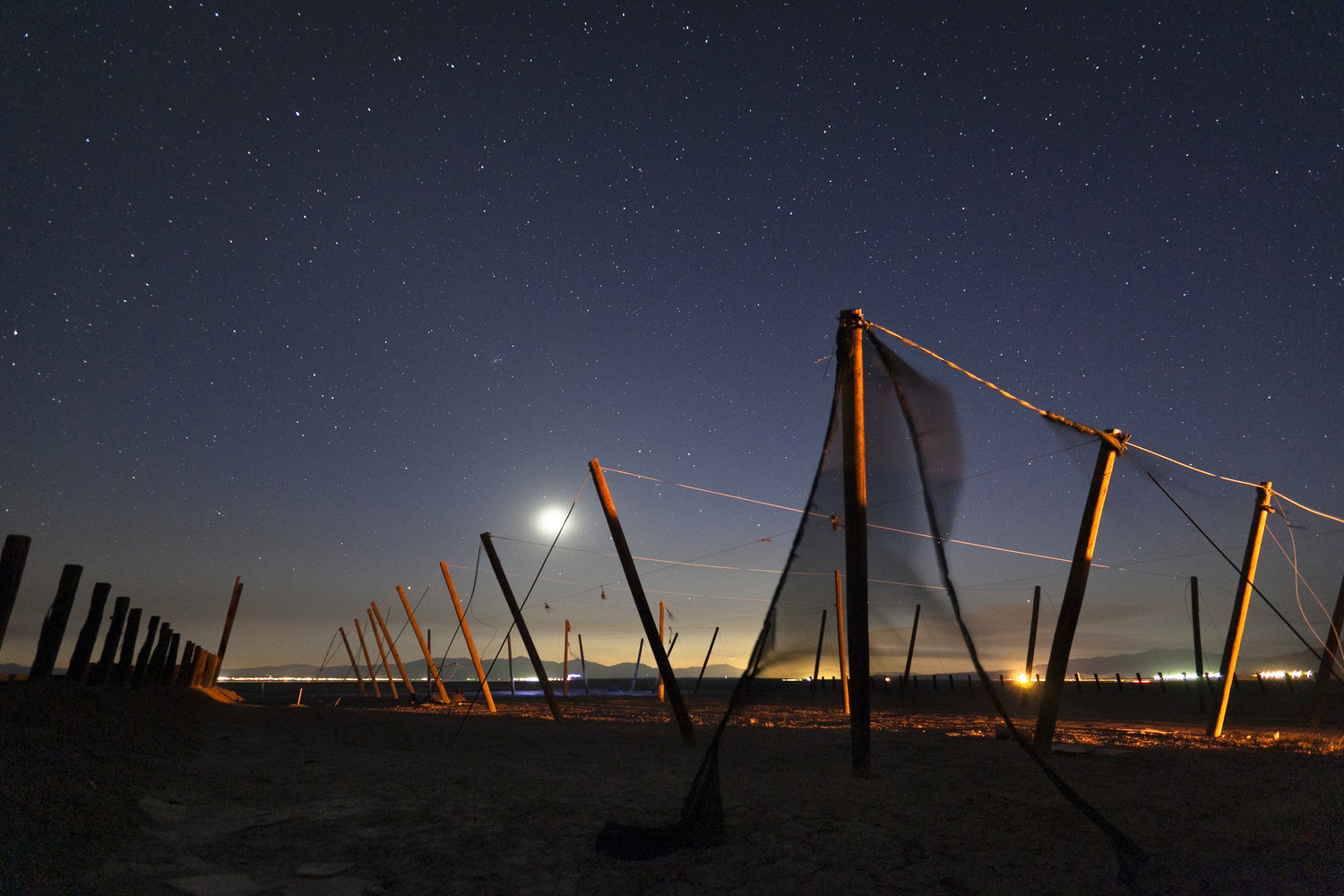

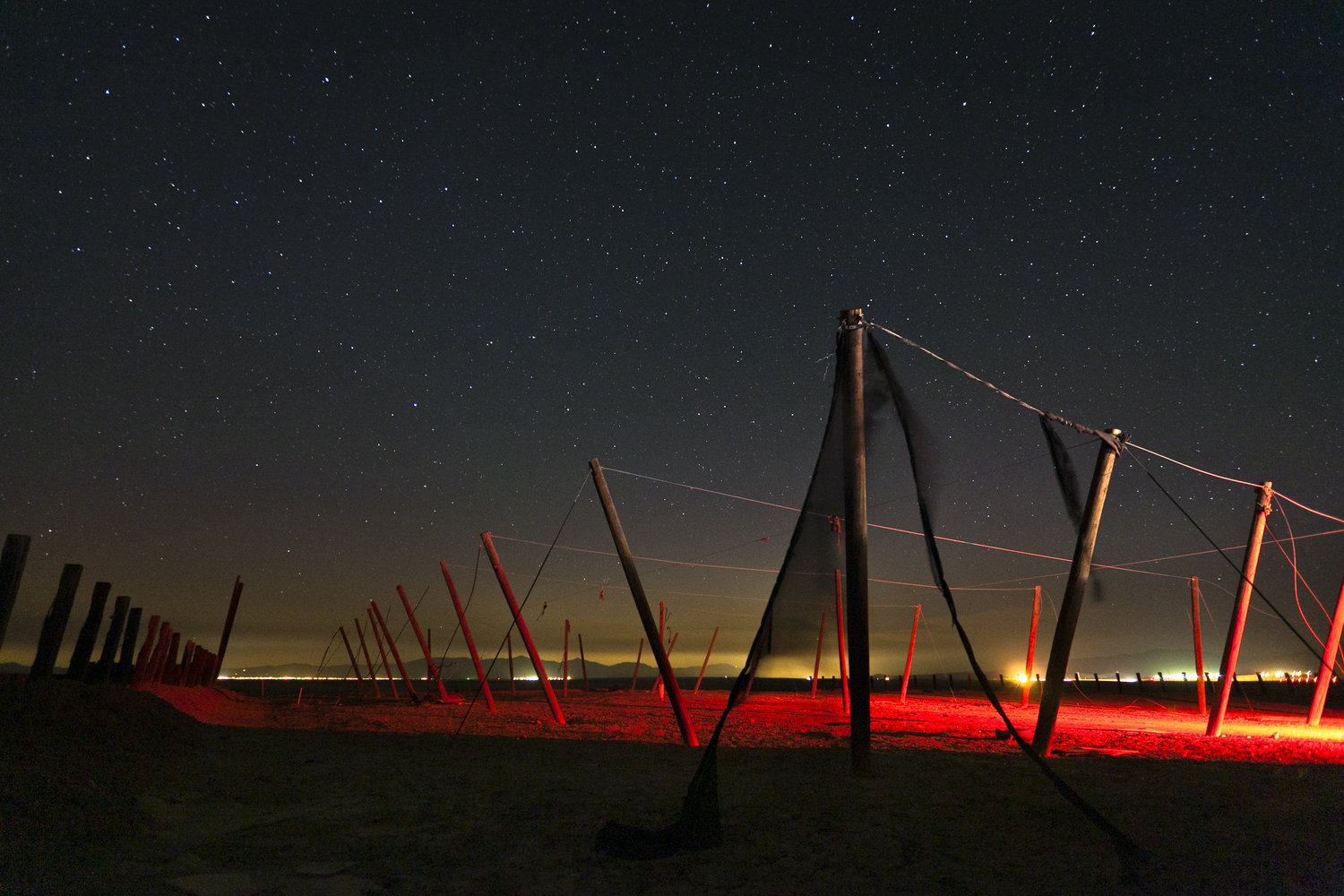























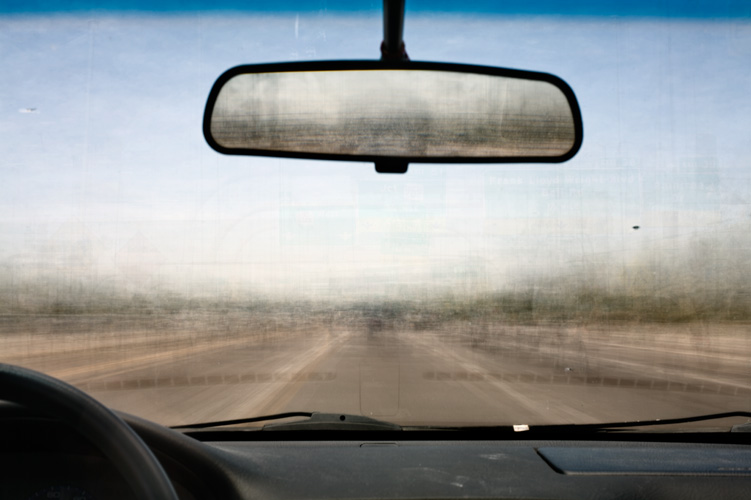













![Carleton Watkins (American, 1829 - 1916) [Piwayac - Vernal Fall - 300 ft. Yo Semite], 1861, Albumen silver print 40.2 × 52.1 cm (15 13/16 × 20 1/2 in.) The J. Paul Getty Museum, Los Angeles](https://images.squarespace-cdn.com/content/v1/51a57431e4b07c0410ab2d9e/1551561412652-S2CPABKZKM39Q1AS9NRQ/CW06216601.jpg)

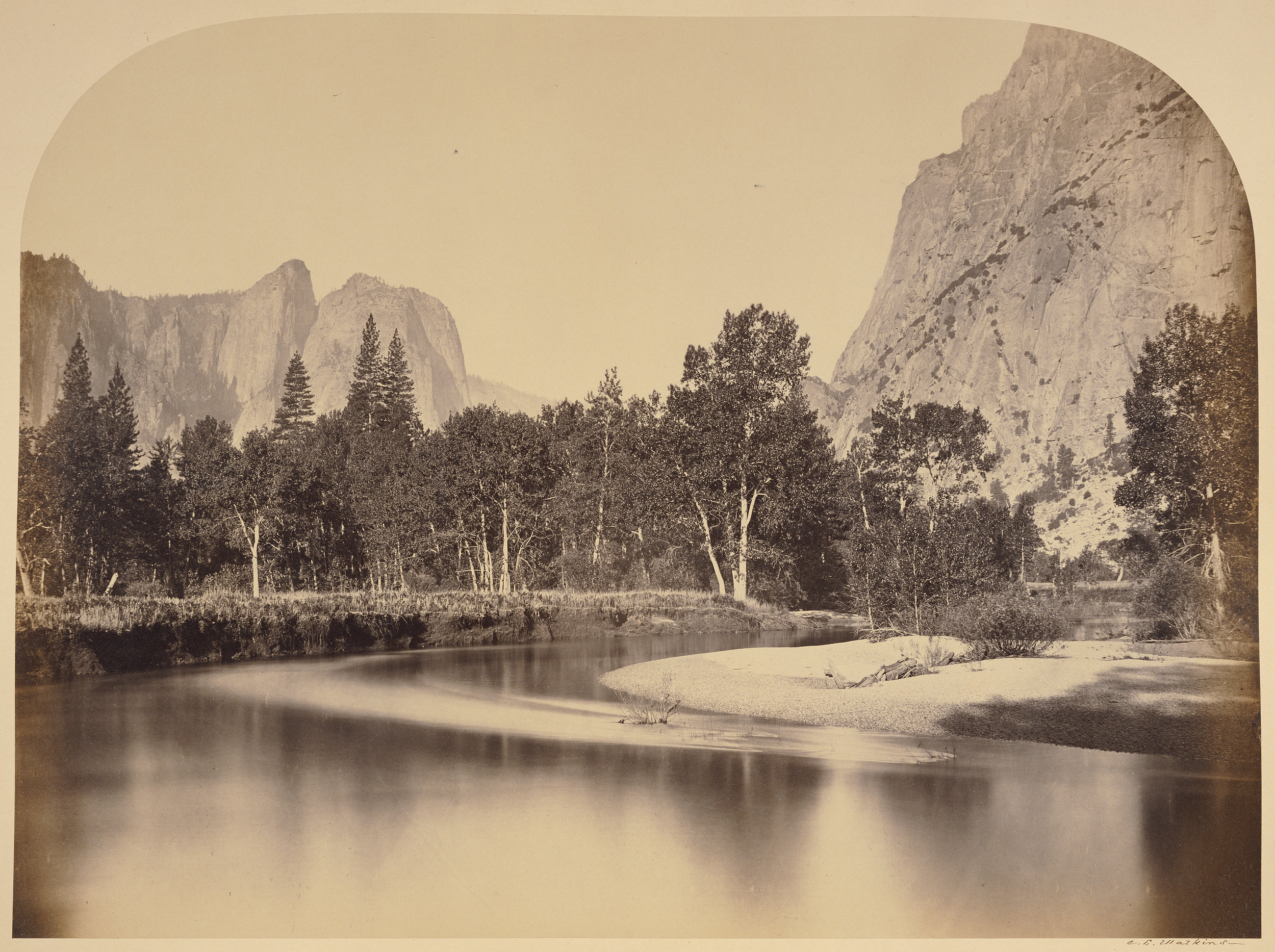
![[Stream with trees and mountains in background, Yosemite Valley, Calif.]](https://images.squarespace-cdn.com/content/v1/51a57431e4b07c0410ab2d9e/1551561495641-6MAL0QYQAIGXQCFYXXSM/CW08117v.jpg)
![Carleton Watkins (American, 1829 - 1916) [The Devil's Slide, Utah], 1873 - 1874, Albumen silver print 52.1 × 39.1 cm (20 1/2 × 15 3/8 in.) The J. Paul Getty Museum, Los Angeles](https://images.squarespace-cdn.com/content/v1/51a57431e4b07c0410ab2d9e/1551561527807-9PRUO8RRC6YBQU5JBPQS/CW06210801.jpg)


